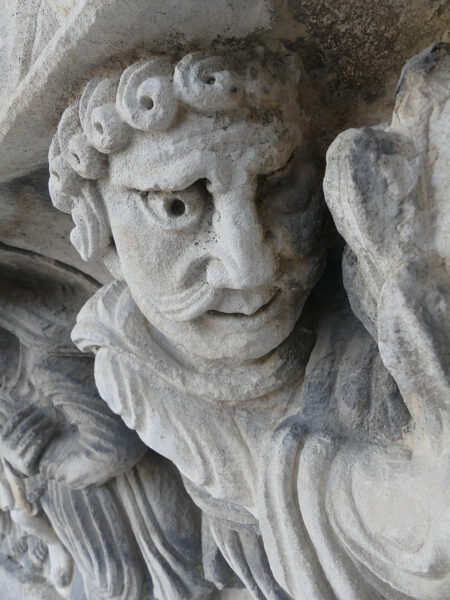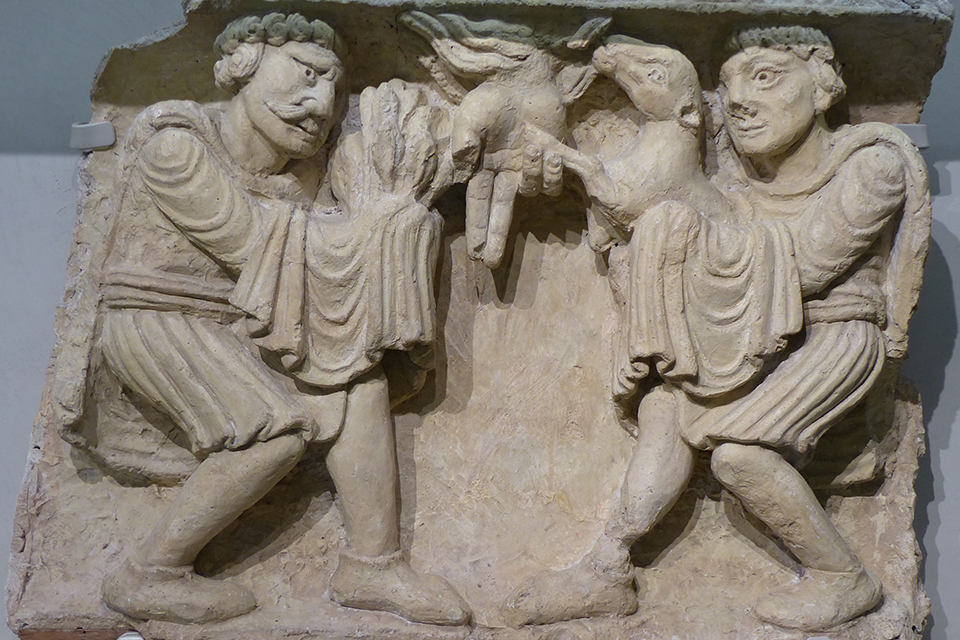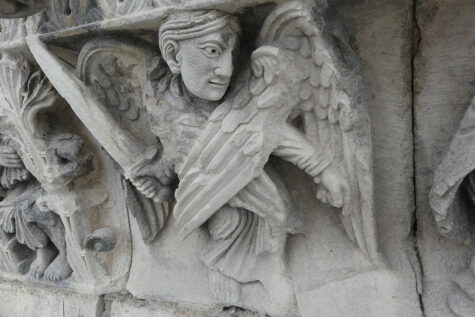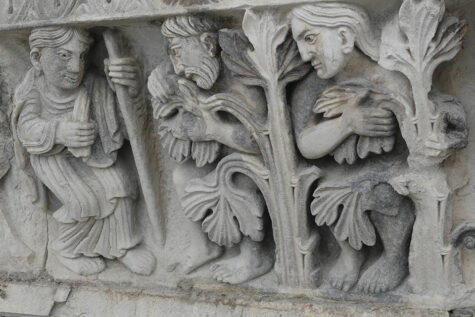The Frieze on the Cathedral in Nîmes is currently undergoing study by a team of archaeologists and art historians, uncovering new insights about this significant Romanesque monument.

An early Cathedral in Nîmes was likely constructed in the 4th to 5th centuries, but unfortunately, no information exists about this structure. The edifice was subsequently reconstructed by the bishop and consecrated by the Pope in 1096. Over time, it faced destruction and rebuilding, and what remains from the Middle Ages predominantly comprises highly valuable Romanesque friezes narrating the stories of Genesis, Exodus, and Numbers. This year, due to a substantial tower restoration effort, a detailed examination of the frieze has become possible.
The frieze consists of 18 panels, with the initial seven scenes datable to the 12th century. These scenes collectively constitute a significant work of Romanesque art in the southern region of France. The succeeding eleven bas-reliefs, located to the south, were crafted during the mid-17th century. These were intended to replace the section of the frieze that had been destroyed amid the Wars of Religion.
The medieval reliefs encompass a narrative spanning from the temptation of Adam and Eve to the tragic slaying of Abel by Cain. It is likely that these reliefs were produced in the workshop of Petrus Brunnus, an artisan active in the region, specifically in Saint-Gilles-du-Gard.
SOURCE:
Press release: La Friese de Cathedrale de Nîmes Gard


